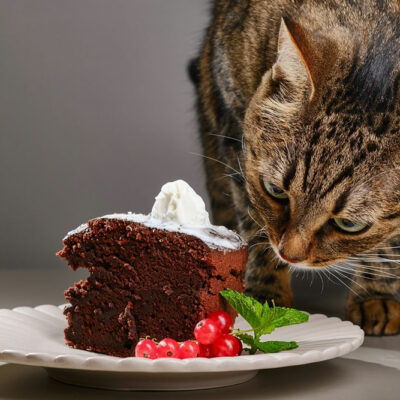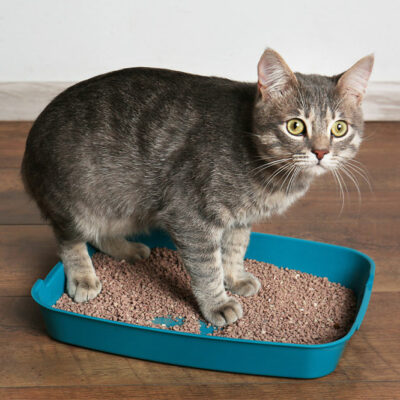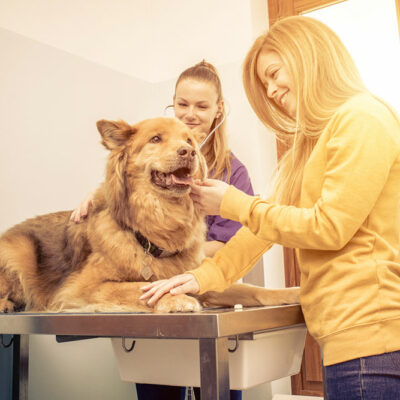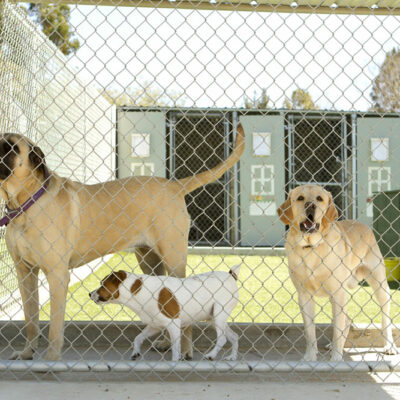
10 kitchen ingredients to control ticks and fleas in dogs
Keeping a dog healthy is every pet parent’s priority. However, pets are susceptible to a range of health complications, which may surface due to a range of factors, including flea and tick infestations. There are several ways to keep these tiny critters away, which include vet-recommended sprays and prescriptions. But for those who want to steer clear of such methods, here are ten kitchen ingredients that could help manage ticks and fleas infestation. Apple cider vinegar Though apple cider vinegar may not eliminate fleas and ticks, the ingredient could help repel them. Fleas do not enjoy the smell or taste of this vinegar, so they are likely to avoid settling on the pet. Pet parents could dilute the apple cider vinegar in water and add the mixture to a spray bottle. If the pet does not like being sprayed, the individual could dip a brush in the mixture and distribute it into the fur with a grooming session. However, the liquid isn’t safe for pet consumption. Therefore, one should limit the amount introduced to the pet’s fur with consultation with a vet. Lemon Experts indicate that using citrus fruits like lemons could be highly effective in keeping fleas and ticks away in dogs.
Read Article 









